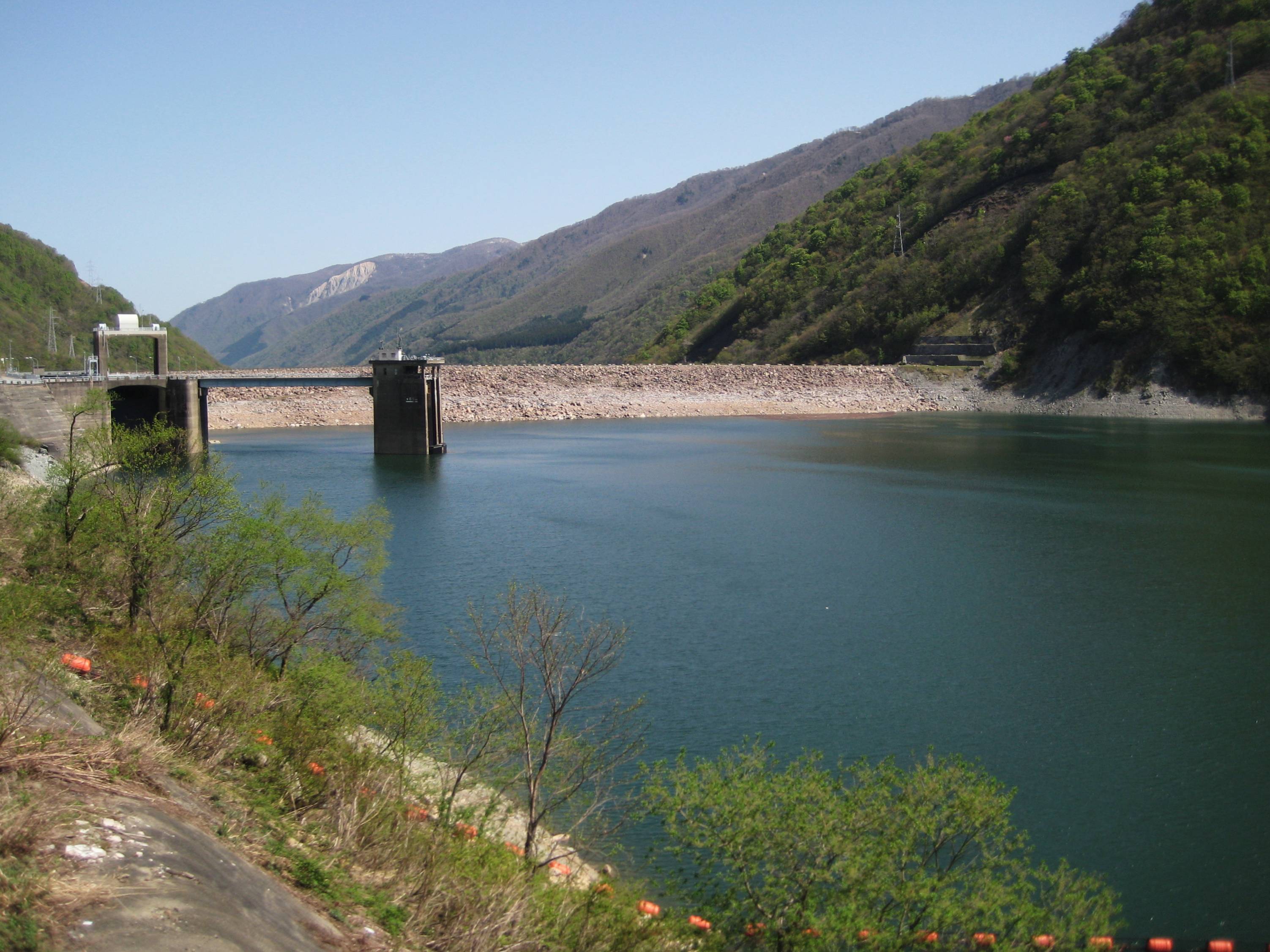Miboro Dam on:
[Wikipedia]
[Google]
[Amazon]
is a 
dam
A dam is a barrier that stops or restricts the flow of surface water or underground streams. Reservoirs created by dams not only suppress floods but also provide water for activities such as irrigation, human consumption, industrial use, aqua ...
on the Shō River
The has its source in Mount Eboshi (烏帽子岳 ''Eboshigatake'') in the Shōkawa-chō area of Takayama, Gifu Prefecture, Japan. After flowing for through the northern part of Gifu Prefecture and the western part of Toyama Prefecture, it emp ...
in Shirakawa, in Gifu Prefecture
is a Prefectures of Japan, prefecture of Japan located in the Chūbu region of Honshu. Gifu Prefecture has a population of 1,910,511 () and has a geographic area of . Gifu Prefecture borders Toyama Prefecture to the north; Ishikawa Prefecture ...
Japan
Japan is an island country in East Asia. Located in the Pacific Ocean off the northeast coast of the Asia, Asian mainland, it is bordered on the west by the Sea of Japan and extends from the Sea of Okhotsk in the north to the East China Sea ...
. It supports a 256 MW hydroelectric
Hydroelectricity, or hydroelectric power, is Electricity generation, electricity generated from hydropower (water power). Hydropower supplies 15% of the world's electricity, almost 4,210 TWh in 2023, which is more than all other Renewable energ ...
power station
A power station, also referred to as a power plant and sometimes generating station or generating plant, is an industrial facility for the electricity generation, generation of electric power. Power stations are generally connected to an electr ...
. Of the nine dams on the Shō River, it is the furthest upstream.
The dam flooded several villages and shrines, submerging them completely, two cherry trees were taken from one of the submerged shrines and placed in Shirakawa-go where it is said that each petal represents a memory from someone who lived in the villages before they were flooded.
Over 200 houses were to be submerged, including Minka
are Vernacular architecture, vernacular houses constructed in any one of several traditional Japanese architecture, Japanese building styles.
In the context of the four divisions of society, were the dwellings of farmers, artisans, and merchan ...
houses, and about 1,200 people were forced to relocate, so the residents of the planned submerged area violently opposed the dam construction plan. In 1961, all structures were submerged and the dam was completed.

References
Dams in Gifu Prefecture Hydroelectric power stations in Japan Dams completed in 1961 Dams on the Shō River Rock-filled dams {{Japan-powerstation-stub